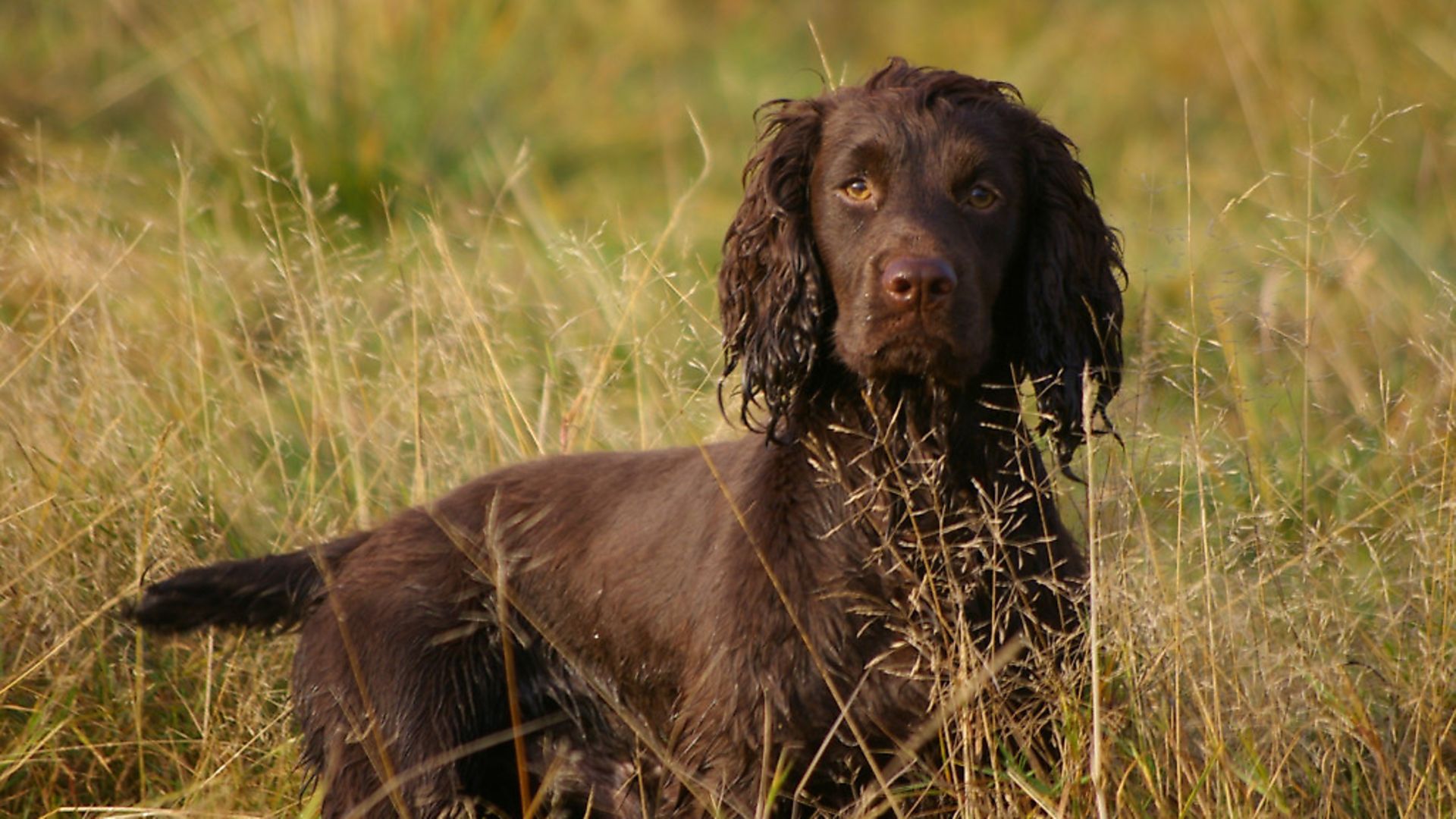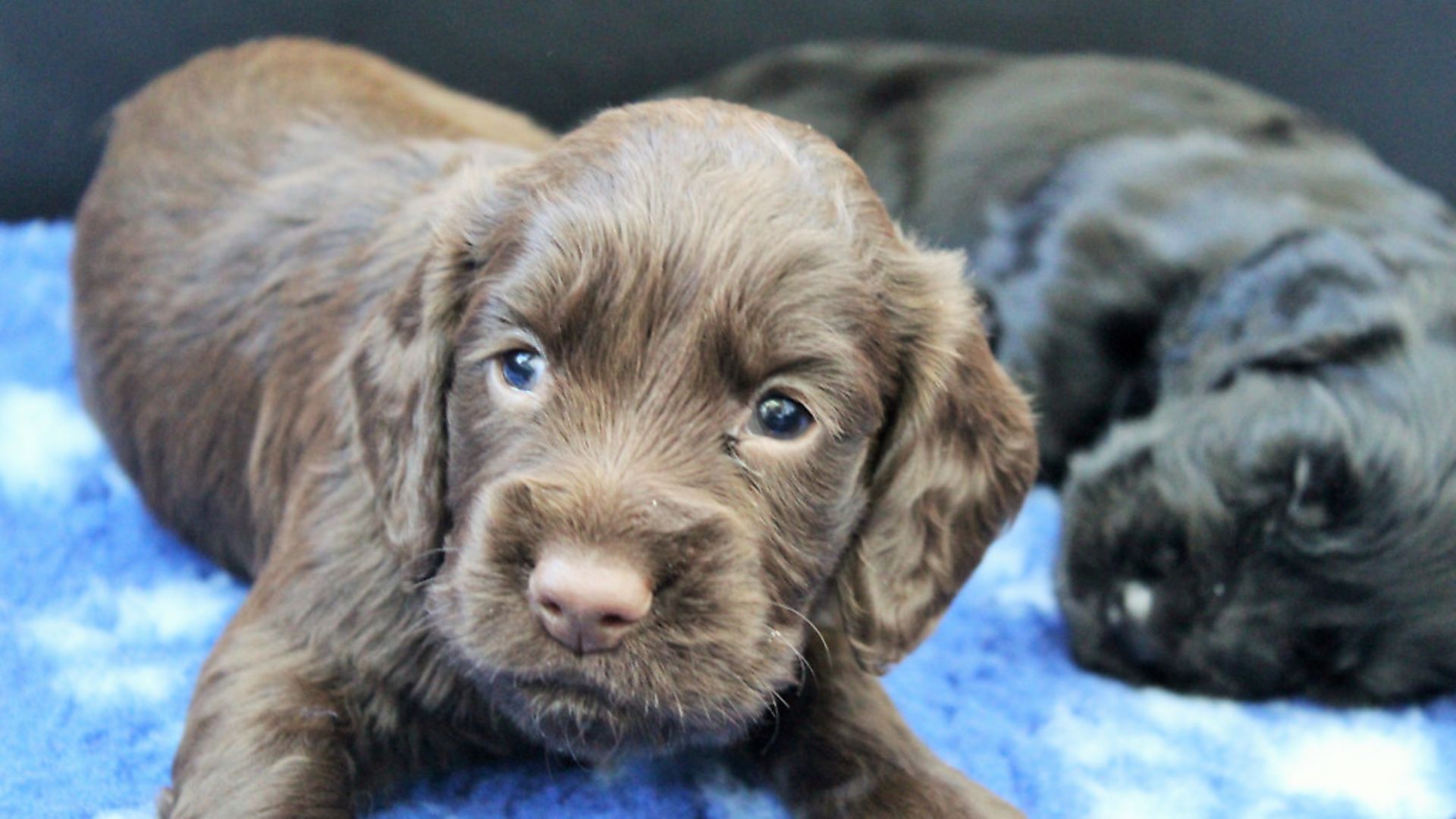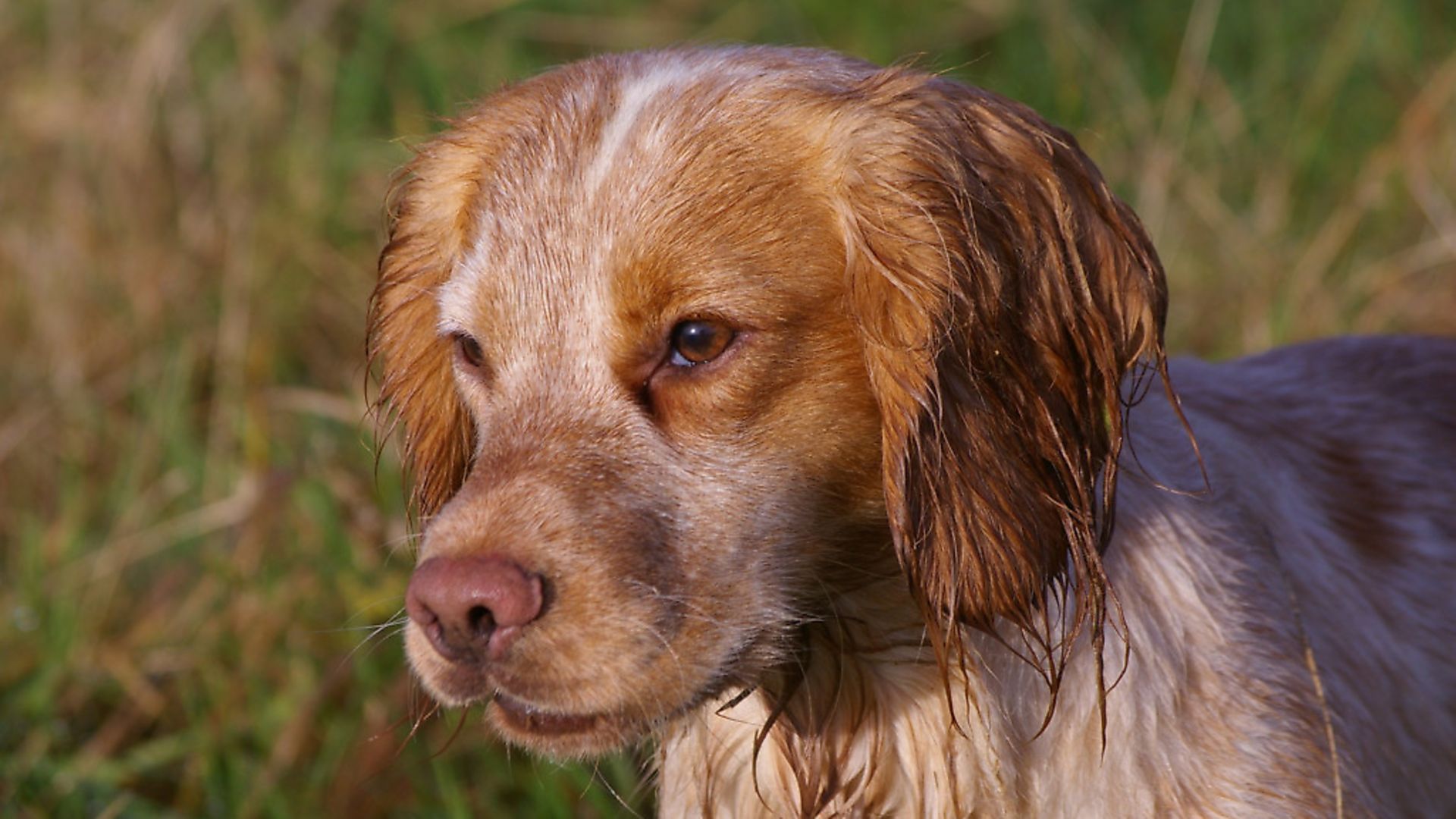How to choose a stud dog
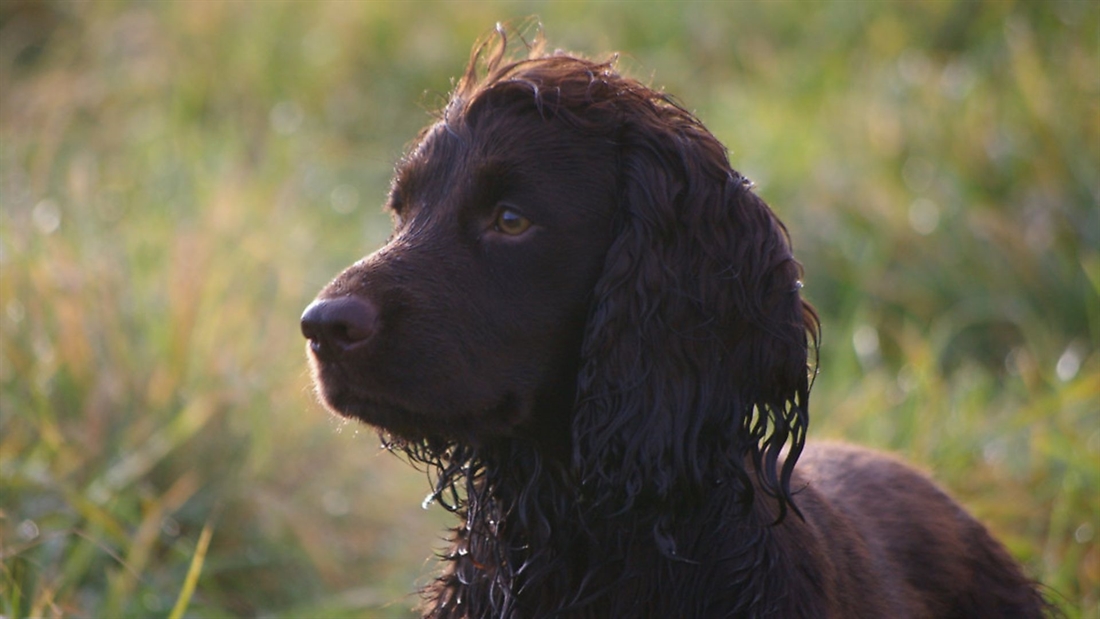
What should you look for when choosing a stud dog? Are looks as important as temperament? Or is it all abouut natural ability? Ryan Kay answers all these and more!
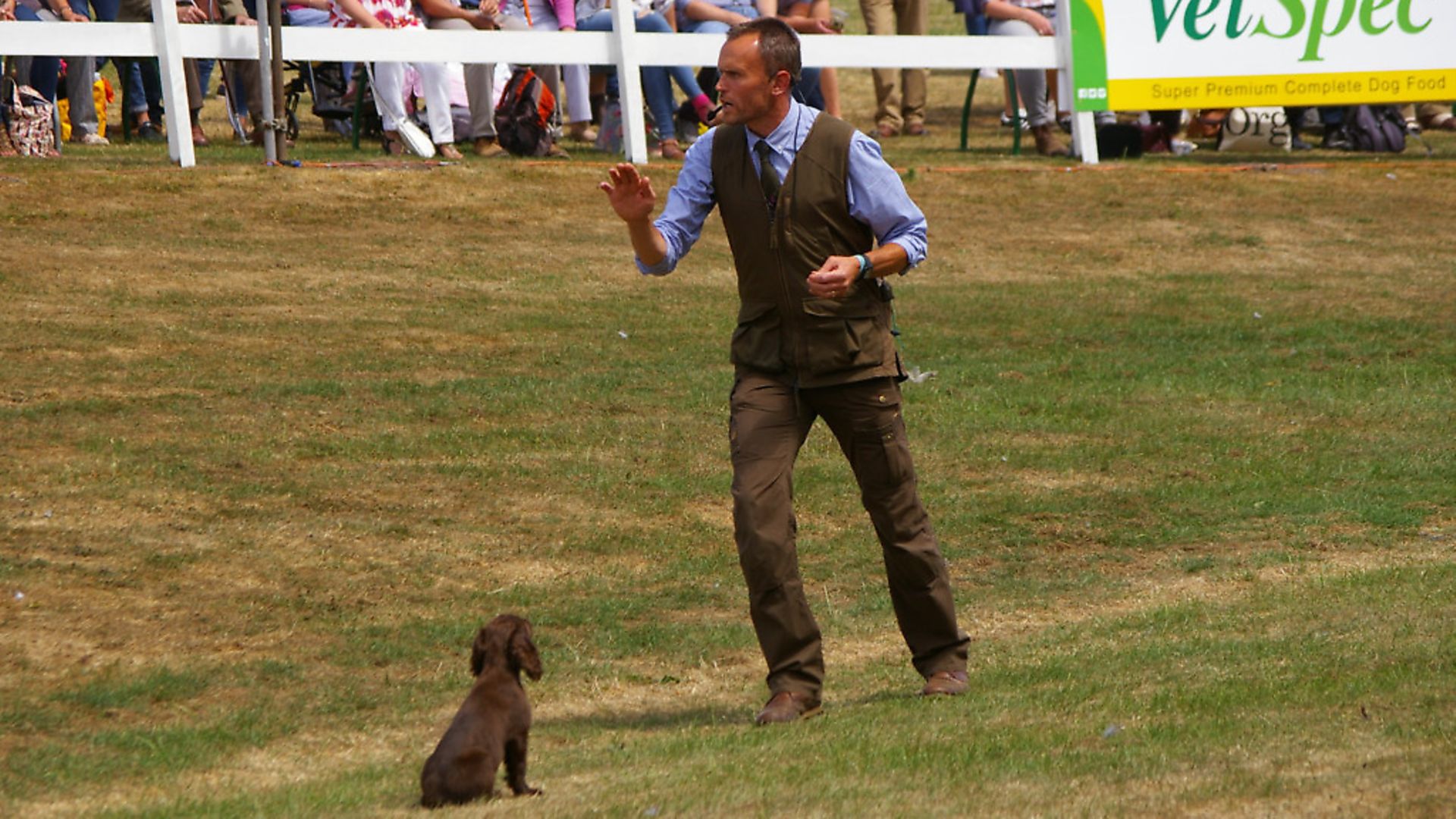
A very experienced gundog friend once told me that I must be patient when trying to breed or obtain a good stud dog. He mentioned that he’d had many dogs over the years that were simply not good enough to put forward and promote as an outstanding example of the breed. And that ‘outstanding example of the breed’ line is what you should always be striving for, either as a breeder or as a stud dog owner.
You must be critically honest with what you have in front of you, and also be disciplined. It can be difficult to stick to that mantra, because what do you do if the dog you have isn’t going to make that grade? Keep it? Sell it? Buy another? Keep buying or breeding more until you get one worthy of the job description? I’m not in the habit of selling dogs… so the commitment I make to purchasing or keeping one from a breeding is generally one for the rest of its life. So being critical and true about a dog you love is not easy, but I see the responsibility as a duty, in order to aid and help the breed.

Let me give you an example
A little over a year ago, I bought a lemon roan cocker from south Wales, which we named Moss. I’d studied the pedigree and as we already had a year-old half-sister of Moss’s named Seren, I had the added advantage of being able to experience very similar breeding. The half-sister has, in fact, gone on to pick up a couple of field trial awards. She’s small, compact, with good conformation and shows wonderful natural ability. Although the sire of our prospective lemon roan pup was different to the half-sister Seren, it was also the grandsire of Seren, so the breeding was extremely similar, and I had no real reason to expect anything other than a similar example with Moss. I should also mention that both Seren and Moss are tightly bred, with a relatively high COI (co-effficiency of inbreeding) percentage – which gave me a further indicator that the genes should be fixed and we would be getting another Seren, just in boy form.
We did actually get a boy Seren to some extent. Small, compact and good looking. But there are much more important factors than these when it comes to having a stud dog. The natural ability of Moss certainly wasn’t as forthcoming as Seren’s, but that was the least of my worries. His teeth developed differently for one thing, with what resembled a slightly under-shot jaw – just a couple of front teeth that appeared trapped in-front, as the rest of the teeth seemed to align just fine. So not an undershot jaw in the traditional sense but still a concern for possible hereditary traits to pass on. If that wasn’t enough, he also appeared a little weak at the back-end and slightly slow to develop in that area. My mind was made up – this little guy wouldn’t have a future of sex and cigarettes! To add insult to injury, one of his two testicles that did initially appear to be both there and prominent, had now disappeared and ascended back up. A trip to the vets was due.
Aesthetics
Moss has now filled out a little and his back end has eventually strengthened. My daughter Lily decided to take him under her wing, carrying out a little agility training with him. She also featured with Moss in the arenas in our gundog demonstrations throughout all the 2019 summer shows that we attended.
Here, Moss gained a lot of attention from the crowds including plenty of interest out of the arena, back at the stand. People really did gravitate towards him. The fact is, he’s good-looking, pleasingly small and very affectionate. He’s also a popular-coloured cocker as lemon roans seem to really have their following. Sadly, with colour, here’s where some folk make their mind up when choosing a stud dog. Because if I were to chat to people at the stand who were interested in using Moss, I’m certain, that if I listed all Moss’s faults, including his, at times, lack of natural ability, they would still consider using him!
I’ve forgotten who it was that said ‘Life’s too short to hunt with an ugly dog’, but I swear that is all some folk are bothered about. Moss will never be used at stud. I would never give him the light of day in that area. It is my responsibility as a dog owner not to bestow his poor traits on the breed. It may sound harsh to slate him in that way, but it’s a necessary truth.
A saving grace
In the stud dog waiting game, we were handed an unexpected and unintentional stud dog. In spring 2017, we bred a litter from our Open-winning bitch Skye, with the intention of keeping a bitch, and we did exactly that. But the only liver pup in the litter of six was a perfect little boy. Watching them all grow up, the little lad kept catching our eye. He was put together – that is built – in an almost flawless way with good, solid bone. Where other pups were either starting to look a little leggy or long in the body, this little lad was growing up in complete proportion – nothing looking out of place. He did in detail grow up exactly like that, right up to being an adult. When he was seven weeks old, we’d made the decision to keep him as he was just too good to let go. So there were just a few other little things to check and sort out then… like natural ability, teeth, eyes, temperament etc. All these factors must make up the final picture, where you can then offer a dog at stud. And I can safely put my hand on heart and say that here is a good example of the breed.
Registered as Farlavale Ebor, his pet name is Sparky. The plan is for Sparky to perhaps catch a couple of field trials in January, but hopefully trial in earnest next season. Sparky has now covered a couple of bitches, so we’ve managed to see what his offspring look like too. But before I could offer his services, I really needed to see his working ability, which is surely one of the top priorities for a working cocker. His visual appearance, looks, conformation etc. were good, but I needed to give him a chance to physically express the traits from his genes that I couldn’t see.
The main obvious hereditary traits being his natural ability. So, during an afternoon on a shot-over day while hunting in short sugar beet, I gave him some measured exposure and the hunting DNA soon came to the forefront. He was allowed a freer rein from his usual closer contact as he picked up the fresh scent of a pheasant and followed it. I let him pull on in front of me and take in the scent, which eventually resulted in a real contact flush on a cock pheasant. It was a total Eureka moment for Sparky, as he then sat there for a few moments while I allowed him to take in what had just happened.
During the next half an hour that followed, I watched him start using the wind naturally. Hunting a head wind, his pace quickened as he began turning into the wind every time; subsequently being rewarded with numerous flushes on partridge. This was the natural aptitude and ability I was looking for. The biddability was also there from a very young age, with a good retrieving instinct and eye contact, making him very trainable. But hunting is what’s really important to me and I’d just witnessed a glimpse of instinctive talent – something Moss had never really shown me.
When to stud
It’s important that I get to see all this natural ability at a young age, because I believe in giving a prospective stud dog his first stud encounter at a young age also. But I can’t really present him at stud without seeing what he’s first capable of in the field. Giving a young dog the chance of a mating early on will often help its confidence for later when the demand for his service may become much greater. That age can differ with dogs but for Sparky at least, it was at just over a year old.
So when looking for a stud dog for your bitch, be vigilant and considered in your approach, because while there are plenty of dogs out there to choose from, some are sadly available due to fact that they are half good-looking, the ‘in’ colour and simply have a pair of testicles!




